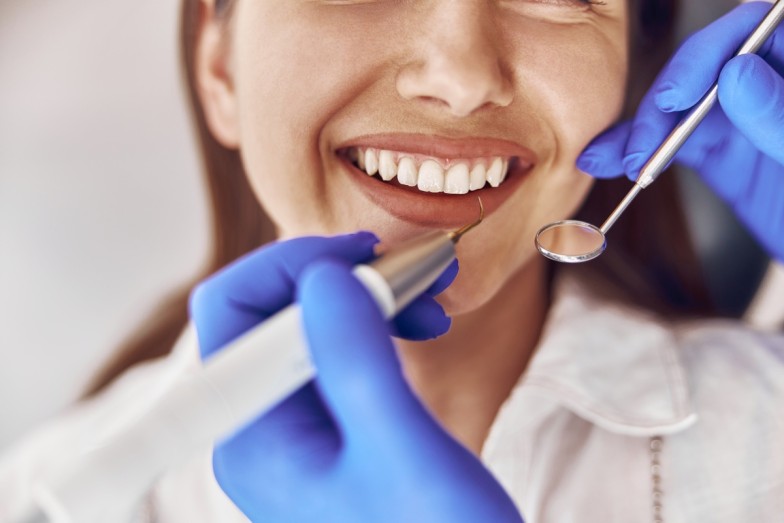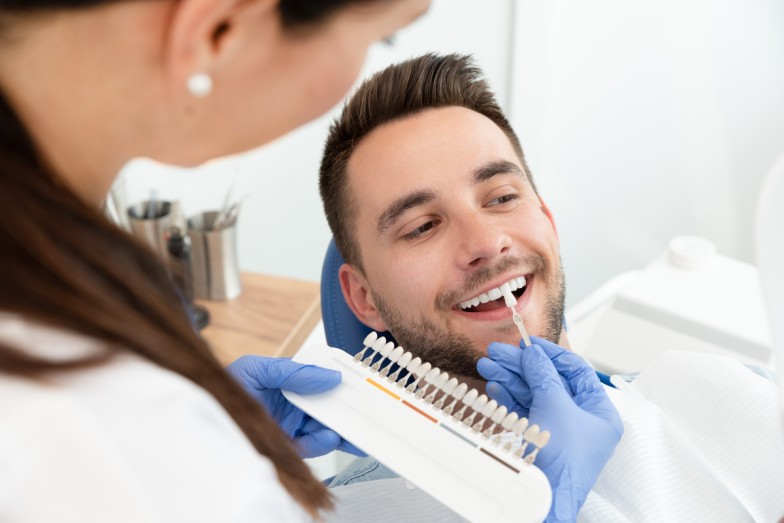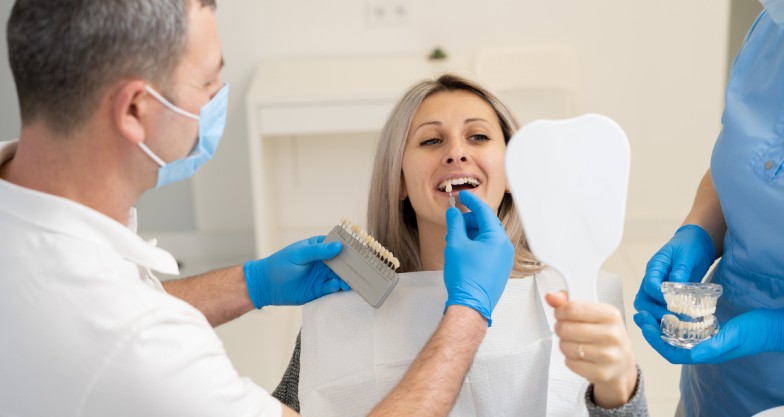
Risks of Internal Tooth Bleaching: What You Need to Know
Internal Tooth Bleaching Risks And Side Effects
When it comes to enhancing our smiles, internal tooth bleaching is a popular cosmetic dental procedure that promises to lighten discolored teeth from within.
However, like any dental treatment, it's essential to understand the potential risks involved.
In this comprehensive guide, we'll explore the various risks associated with internal tooth bleaching, providing you with valuable insights to make informed decisions about your dental care.

What is Internal Tooth Bleaching?
Is a dental procedure specifically designed to address deep stains and discoloration within the tooth structure. It involves applying a bleaching agent inside the tooth to lighten its shade, improving its overall appearance. This technique differs from external tooth bleaching, which focuses on the surface of the teeth.
Potential Risks of Internal Tooth Bleaching
While this procedure can produce remarkable results, it's important to be aware of the potential risks involved. Let's explore these risks and learn how to manage them effectively:
Tooth Sensitivity
During and after the procedure, it's common to experience tooth sensitivity. This sensitivity can be caused by the bleaching agent penetrating the tooth and irritating the nerves. To manage tooth sensitivity, your dentist may recommend desensitizing toothpaste, avoiding hot or cold foods, and maintaining good oral hygiene practices.
Gum Irritation
Gum irritation is another potential risk during the whole process. The bleaching agent may come into contact with the gums, causing temporary discomfort or irritation. To alleviate gum discomfort, your dentist may provide protective barriers or recommend rinsing with a soothing mouthwash.
Root Damage
The bleaching agent may penetrate the root canal space, leading to inflammation or damage to the tooth's delicate structures. To minimize this risk, dentists take precautions by carefully sealing the access point and monitoring the procedure closely.
Discoloration or Uneven Results
While this procedure can effectively lighten tooth discoloration, there is a small chance of experiencing discoloration or uneven bleaching results. Factors such as the type of stains, individual tooth characteristics, and the effectiveness of the bleaching agent can contribute to these outcomes. Your dentist will take measures to address or prevent such issues to achieve the desired results.
Allergic Reactions
Although rare, some individuals may experience allergic reactions to the bleaching agents. Dentists take precautions by conducting thorough examinations, reviewing your medical history, and performing patch tests to identify potential allergies before proceeding with the procedure.
Side Effects of Internal Tooth Bleaching
In addition to the potential risks discussed, there are specific side effects associated with internal tooth bleaching that are important to consider:
Enamel Weakening
The bleaching agents can temporarily soften the enamel, making it more susceptible to damage or erosion. Dentists take precautions to minimize enamel weakening and may recommend protective measures such as fluoride treatment to strengthen the enamel post-treatment.
Pulp Sensitivity
Pulp sensitivity, characterized by temporary tooth discomfort, can occur as a side effect. The bleaching agents can irritate the dental pulp, leading to sensitivity. Your dentist will provide guidance on managing pulp sensitivity, which typically subsides over time.
Minimizing Risks and Ensuring Safety
To minimize risks and ensure your safety during sessions, it is crucial to seek professional dental care from qualified dentists.
- Choose a reputable and experienced dentist who specializes in cosmetic dentistry and has a proven track record in performing those types of procedures.
- Prioritize open communication with your dentist. Discuss your expectations, concerns, and any previous dental history that may affect the procedure's outcome.
- Follow your dentist's instructions and recommendations before, during, and after the treatment. This includes adhering to oral hygiene practices, avoiding certain foods and beverages, and attending follow-up appointments.
- Ensure that the dental facility follows strict sterilization and infection control protocols to minimize the risk of complications.
- Ask your dentist about their approach to risk management and their plan for addressing any potential complications during or after the procedure.

Internal tooth bleaching can be an effective way to lighten deep stains and achieve a brighter smile. However, it's crucial to be aware of the potential risks and side effects associated with the procedure. By understanding these risks and working closely with a qualified dentist, you can make informed decisions about your dental care and ensure the best possible outcome.










